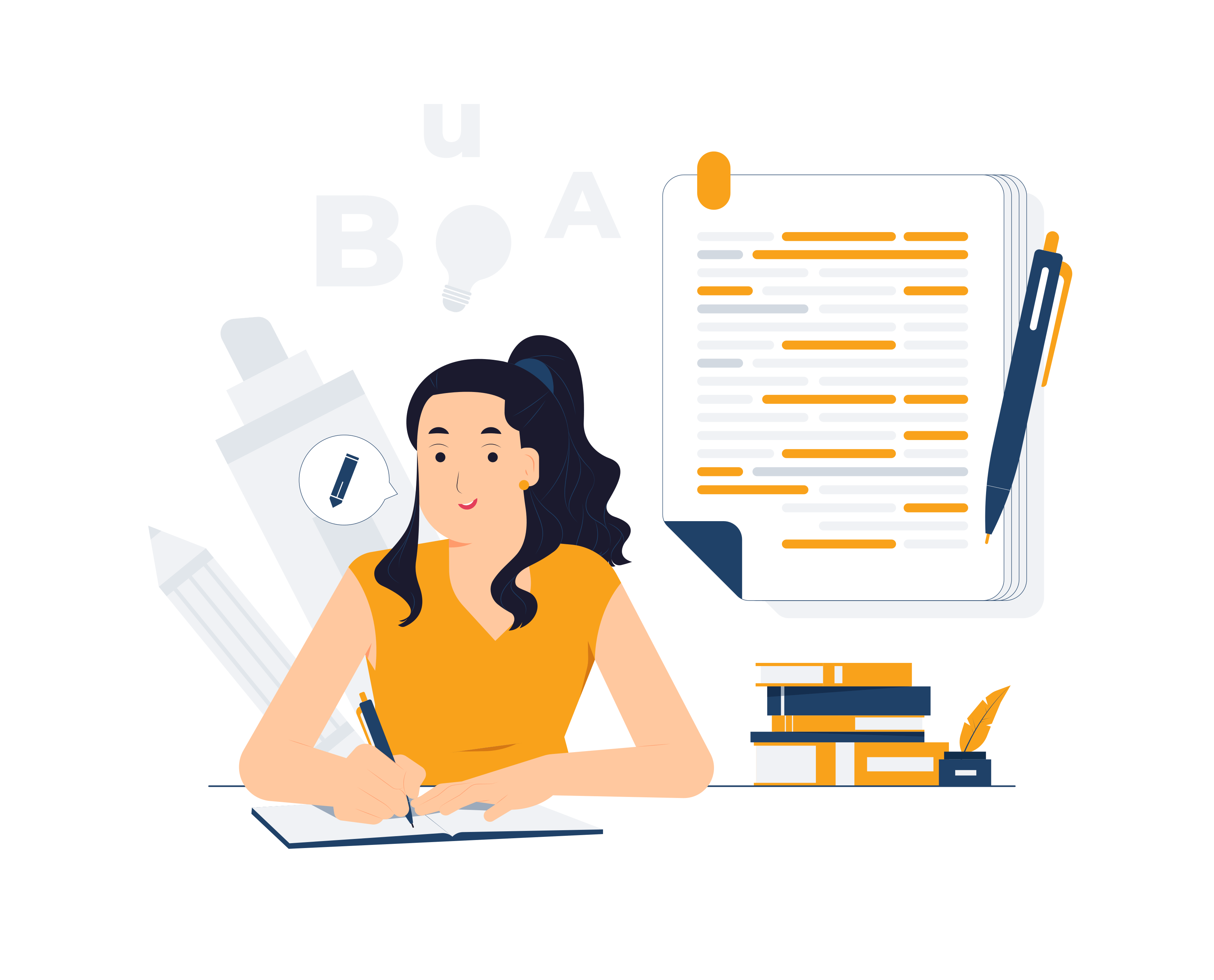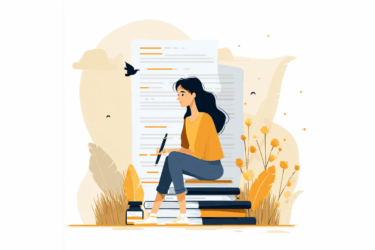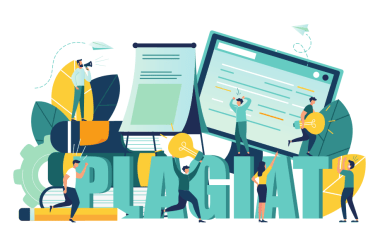What do you appreciate the most about the writing you have completed? What makes you proud? We bet, more often, it relates to the ideas you express and the insights you’ve got rather than the wording you’ve used. This is precisely why plagiarism check is never limited to comparing vocabulary and changing words for synonyms. Then, what is it that matters?
What is plagiarism
If we follow the dictionary definition, plagiarism occurs when one takes someone else’s work and passes it as their own without crediting the author. This appropriation can happen on different levels, from word-for-word copying of the whole text to taking the ideas and changing the phrasing. Hence, we distinguish between different types of plagiarism: verbatim, mosaic, or even unintentional; all of them, though, are a severe violation of ethical and academic rules.
Copying ideas, even when you change wording, is also plagiarism. After all, it is the meaning that makes the piece of writing valuable.
What is wrong with paraphrasing
There is nothing wrong with paraphrasing if it is not an attempt to hide the fact that the whole work has been copied from someone else. So, paraphrasing should be done properly and complement an original work rather than being the only means of evading plagiarism.
An example of paraphrasing misuse: you find an article corresponding to your assignment topic and rewrite it in your own words, passing it as an original work. (Such work is not original, as it contains no original ideas.)
An example of adequate paraphrasing: you find several resources that contain information relevant to your assignment topic; you compose a paper based on independent research and prove it by including the paraphrased information from the sources, attributing their authors properly. (Such work is research-based and uses paraphrasing to make the writing more reputable; the author doesn’t hide that some information has been taken from elsewhere.)
How to avoid plagiarism
Paraphrasing is not bad; it is just not the way to create an authentic piece of work. How can you implement paraphrasing without plagiarism?
- Ideas first. Consider what you want to express before consulting the sources and build your writing on this basis. If you need a gentle nudge to overcome writer’s block, you can certainly read other works for inspiration and even consult Chat GPT. But then return to step one and prioritize the gist.
- Do your research. It is easy to stick to one source when it is the only one you’ve studied. Discover new resources and turn to new points of view on the issue, and it will be much easier for you to develop your own vision!
- Paraphrase moderately. If you want to include some pieces of information you’ve borrowed somewhere, don’t worry – it is a great way to make your work more credible. Just do not forget to paraphrase appropriately and cite your sources correctly.
The ultimate must-do before you submit any writing is to check it for plagiarism to ensure the result is authentic! PlagiarismCheck.org provides a full toolkit for teachers, students, and writers, including Plagiarism and Chat GPT detector, Authorship Verification, and more. Try it for free now!






